Description
In the “Essence of Materia Medica”, George Vithoulkas has painted the essence of 51 remedies. While reading every remedy, a clear portrait of the patient with minute details comes out in front of you. He has given a description of the type of person most commonly affected by a remedy at the start of most remedy portraits for example, the Kalium carbonicum patient with a strong sense of duty heightened to an inflexible, rigid degree. In every medicine Vithoulkas has described a common thread/theme going at all three levels of the patient, for example in Alumina, the theme of delayed action and slowness is visible at all the three levels. Many medicines are compared with other closely related medicines having similar symptoms.
He has himself acknowledged that he has drawn a lot from the Kent’s Materia Medica and Repertory. He has been able to show the development of remedy pictures in a very evolutionary manner, which helps in creating a better understanding of the medicines presented in this work.
The book is well compiled and the presentation of the material is very lucid and systematic.

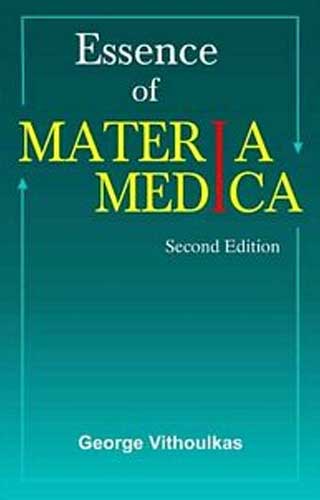
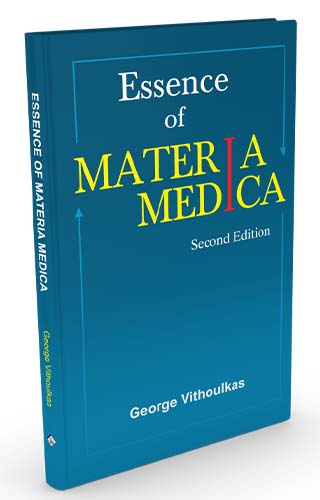
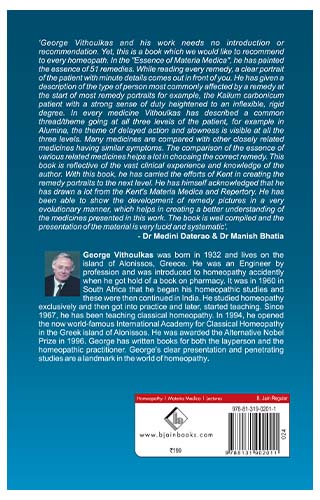
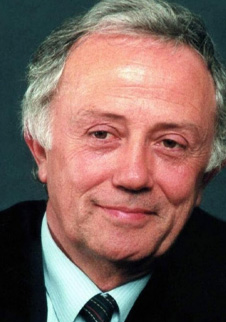
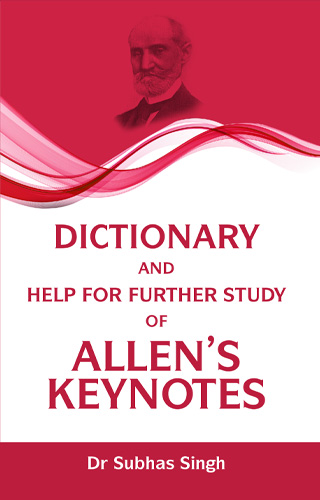
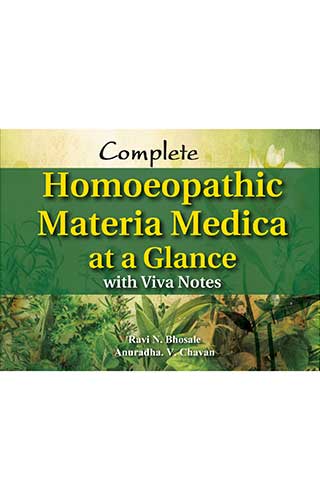
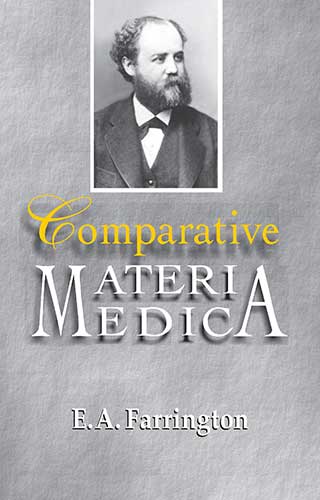
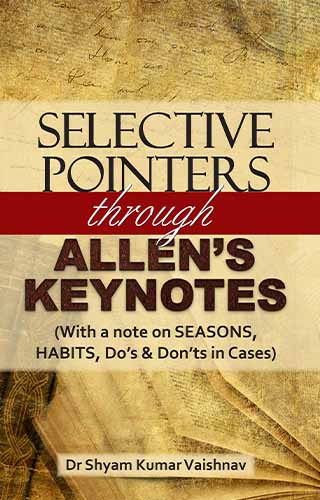
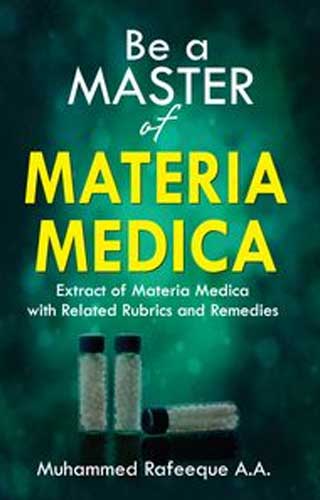
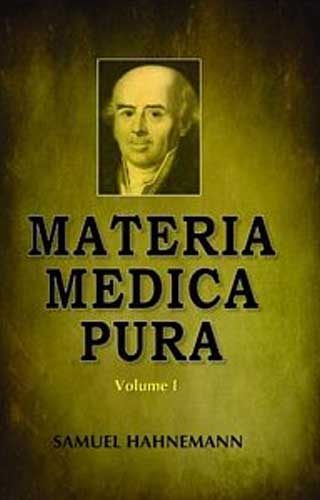
Gnanakumar –
Nice book, This book used for Drug symptoms are very clearly identified in mental generals. Helps for identify to person’s drug.
dr yashika –
No book can describe the remedy better than this. I wish there were more remedies added to this book, or may be a part 2 of this book. Brilliant work by Professor George Vithoulkas.
Prithwis Biswas –
Amazing book .51 remedies discussed to a level previously unread mostly in Materia Medica.
Dr Yamini Ramesh –
This book contains remedy picture of 51 remedies. 1 remedies. When you read the book beautiful portrait of the medicine comes upfront. He has described about the personality of the drug, habits, life picture and most importantly situational Materia medica . there is comparison of remedies, which comes from his vast clinical experience. He has also written about development of remedy picture. The book is well written and systematic for the reader. … Read more
This book contains remedy picture of 51 remedies. 1 remedies. When you read the book beautiful portrait of the medicine comes upfront. He has described about the personality of the drug, habits, life picture and most importantly situational Materia medica . there is comparison of remedies, which comes from his vast clinical experience. He has also written about development of remedy picture. The book is well written and systematic for the reader. The remedy picture is well concise with apt words. Reader gets to learn the medicine in an evolutionary manner. This book can’t be used as a exclusive text book for beginners while referring Materia medica, but it can surely be the additional text book for every homoeopath, who wants to learn homoeopathic Materia medica from different facets of human evolution. For example – look at these remedies where he is giving you hints about personality of the remedies – Ignatia – this remedy is frequently prescribed because of a technological Civilization. women 15 to 1 ratio to man needing this remedy. Give the remedy that corresponds mostly to an uppermost pattern ignatia individuals are very sensitive and individual that has been brought up with culture, refined education, arts, music, theatre becomes refined with culture. This parameter is coupled with the capacity of ignatia to grasp quickly and execute quickly. capable people when these individuals are put in our society that refine emotions can easily be hurt or disturbed. become involved in a Liberation movement but it is not in their nature to be hard and cruel. This combination of factors will produce an ignatia patient. At the same time, she is capable and demands Nothing from anyone The ignatia picture may develop after a death, separation of affair, marriage, emotional disturbance etc. Look at this description of phosphorus – Phosphorus diffusion is the theme which runs through the Phosphorus Pathology. diffusion is a process of spreading outward into the environment like smoke spreading outward into the air or the color from a tea bag diffusely uniformly into water. the same happens to the energy, the awareness, the emotion, and even the blood of the Phosphorus. It is as if there are “no barriers” for this physical, emotional or mental. The Phosphorus patient’s emotions freely go out towards others with little ability of the patient to contain them and protect the self from emotional vulnerability. mentally the patient easily forgets himself, even to the degree that awareness can become too diffuse and unfocussed. the patient become easily “spaced out” Then in bismuth he compares it with phosphorus – Bismuth is a very distinct remedy which needed in a specific situation in which no other remedy can replace it. but it will very easily be confused with phosphorus. Also, as a general rule Bismuth can be kept in mind for even mild gastralgias in seemingly Phosphorus type patients but in whom Phosphorus has failed to provide any benefit. So basically, reader gets to learn remedy portrait as well differentiation along with some clinical hints. The reader gets to learn actual essence of the remedies which he is reading. After reading the book it becomes easy to imagine the person who needs any remedy mentioned in the book because it creates the whole portrait in front of you. It also helps one to understand and remember remedies, that’s why I would recommend this to students of homeopathy.
About the reviewer – Dr Yamini Ramesh (BHMS, CCAH, FCAH) is Homoeopathic consultant & teacher since last 14 years. Dr Yamini is a cofounder of Asha Homeopathic Academy India where she teaches many homoeopaths through online and offline courses. She brings many innovative courses for students periodically .